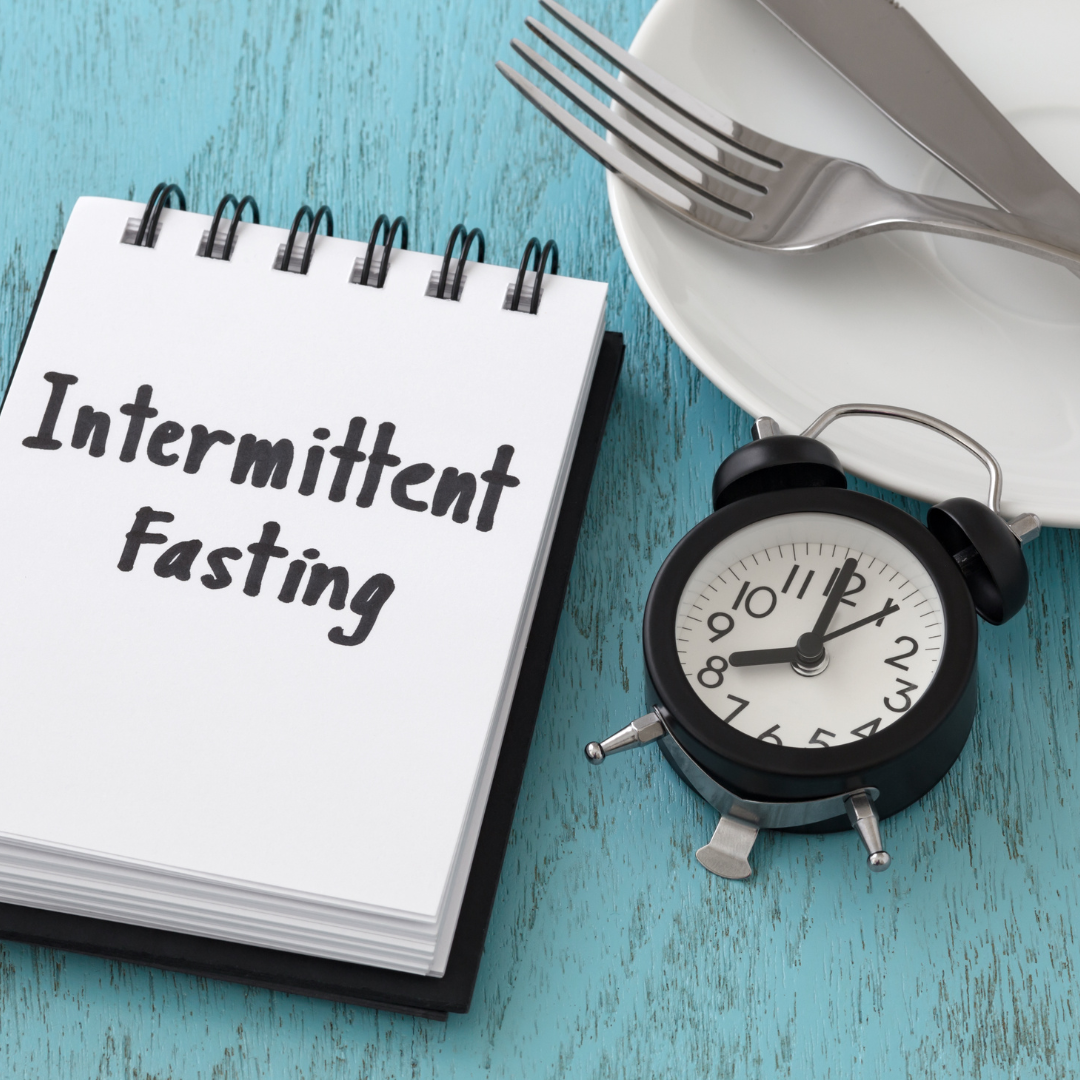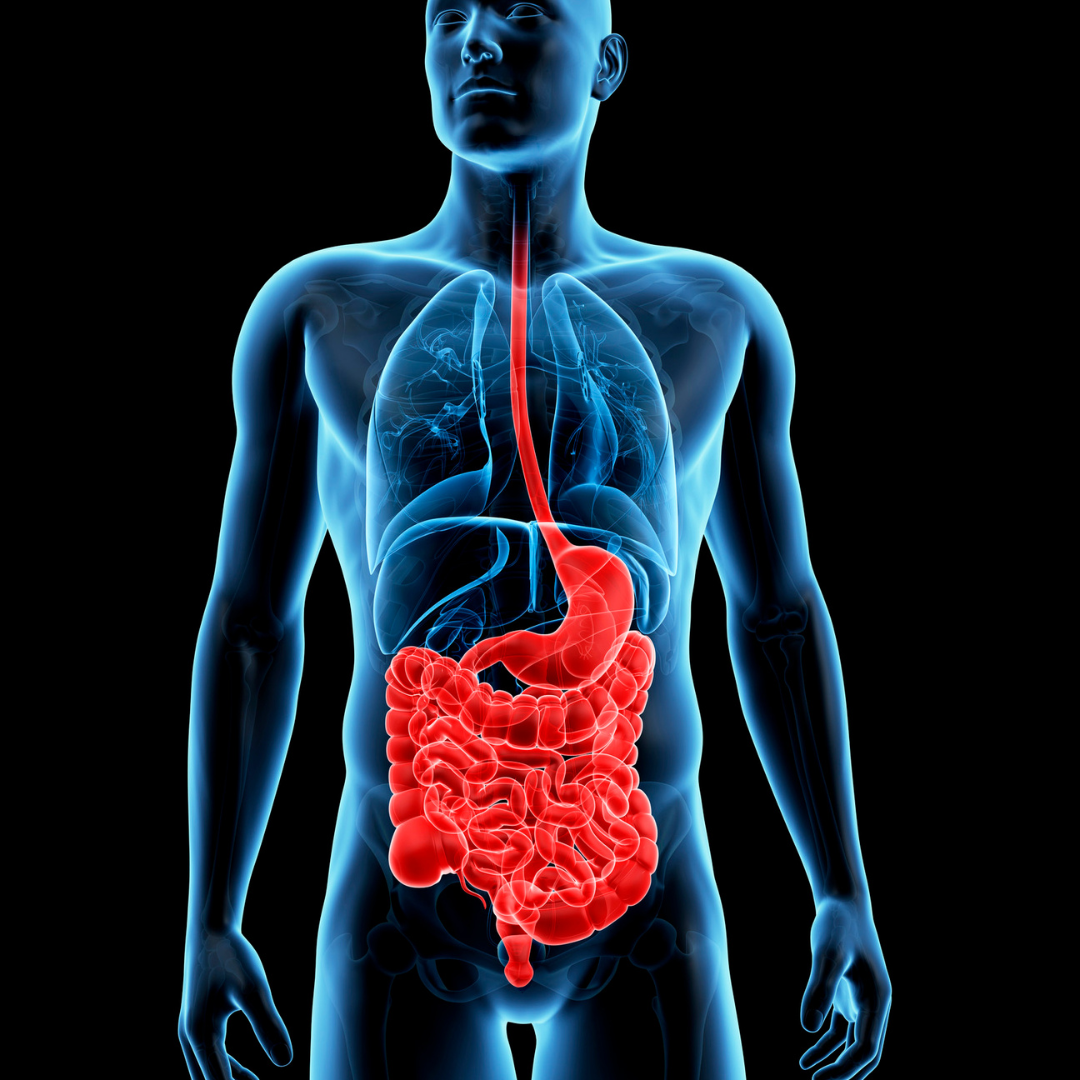How To Lose Fat Without Losing Muscle (Burn Fat, NOT Muscle)
Firstly, weight loss is not the same as fat loss. Weight is impacted by fat, muscle, water, stomach content (i.e. food waiting to be digested) etc.
So, in theory you could lose weight by sitting in sauna and sweating it out or getting food poisoning (but hopefully not the latter).
The term “weight loss” simply refers to the amount of weight lost on a scale. Fat loss refers to the specific amount of weight lost that came directly from losing fat tissue. So, whilst you need to monitor total weight loss, you also need to understand that only focusing just on how much weight is lost on the scale could, in the long run, have you losing just as much muscle as fat!
To lose fat, you need to consume fewer calories than you burn each day. Frequent physical activity helps you burn calories and helps get rid of fat. If you lose weight without exercise, you’re more likely to lose both muscle and fat.
Losing weight quickly may contribute to muscle loss. It’s best to lose a small amount of weight each week over a longer period to shed the fat and help maintain muscle.
So, if you’re looking to minimize muscle loss while dieting, it is key to cut calories slowly, lift hard with weights to challenge your muscles, and eat enough good quality protein to support muscle retention. Just follow these steps:
Maintain a Moderate Calorie Deficit
A calorie deficit is when you eat and drink fewer calories than you burn.

A calorie deficit needs to be present in order for you to lose any amount of body fat, and that means you’re going to need to reduce your calorie intake by some degree. Research shows that a moderate deficit is ideal for many reasons including preserving muscle.
Crash diets are not only hard to maintain but will cause muscle loss no matter what you do. It’s far too extreme on the body and won’t give your body enough nutrients to heal and recover. Worse, you’ll also risk health problems and even overtraining.
If you want to lose fat and not muscle, start with a moderate deficit of circa 500 calories (or 20% below your maintenance level) —it’s just the right amount to spark fat loss without sacrificing muscle size or strength gains. Track your progress every few weeks in the form of body-fat percentage, circumference measurements, and photos to ensure you’re progressing towards your goals.
Whilst reducing your calories more than 20% would result in a faster weight loss, remember this isn’t just about weight loss it’s about burning fat not muscle. Large deficits, low calorie diets, and “fast” weight loss is a bad idea for many reasons as it can slowdown metabolism, impact your mood, worsen your performance and recovery, make you lethargic, affect your libido, impair your sleep quality and what’s more it can be difficult to maintain or sustain.
Limiting your sugar intake can help you reach your weight loss goals. But only if you’re also mindful of your overall calorie intake. In other words, having a 450-calorie egg and sausage breakfast muffin instead of your usual 300-calorie bowl of sugary cereal won’t help you lose fat, even if the sandwich is much lower in sugar. And remember, all sugar is not bad sugar. So, don’t worry about things like whole fruit. For one, natural sugar comes with a package of vitamins, minerals, and nutrients that help offset some of the negative aspects of the sugar content. For instance, fruit has fibre that causes our body to absorb sugar at a slower rate. Sources of added sugar — desserts, sugary drinks, or packaged foods — are the things you need to consume less of. As fitness trainer Ben Carpenter says here, you don’t need to fear the banana!
Maintain or Increase Strength Levels
Research shows that during low calorie diets, lifting weights is one of the most effective ways to retain muscle mass.
Do strength training (for example weight lifting & bodyweight exercises). If you’re new to strength training, always start with low weight loads and fewer repetitions. Gradually work your way up to heavier weights and/or more repetitions. This will help avoid injury.

The primary training stimulus for building muscle is progressive tension overload which essentially means gradually getting stronger over time.
For example, if you lift the same weights for the same number of reps for the next 20 years, your body will have no reason to build additional muscle. However, if you gradually lift more weight, or lift the same weight for more reps, your body will then have a reason to build more muscle.
And this same concept applies for maintaining muscle as well.
So, aim to (at least) maintain your current strength levels throughout the duration your fat loss program, or, if possible, increase them. Doing so provides a “muscle maintenance” signal that tells your body it needs to keep the muscle it has (or build more of it).
Think of it like this. When your body is looking for an alternative fuel source to burn for energy, and it can choose body fat or muscle mass for that purpose, it will be less likely to choose muscle (and more likely to choose fat) if it sees there’s a reason for keeping the muscle around.
Without that signal, the potential for burning muscle increases.
This is why your primary weight training goal is to, at the very least, NOT lose strength. This will, in turn, allow you to NOT lose muscle.
For best results, train with both heavy and light weights, and be sure to train to failure with the lighter weights. Since we know that total work (training volume) is one of the most important variables for muscle growth (and muscle retention), lifting with lighter weights can help you keep training volumes high even with lower energy levels due to decreased calorie intake.
And remember to give your muscle groups time to recover. You can aim to target each muscle group a maximum of twice per week.
Avoid Excessive Amounts of Cardio
High-intensity cardio training helps with fat loss (for example, cycling, running, boxing, soccer). Yet the kind of cardio you do can either maintain all your hard-earned muscle or destroy it.
Despite popular opinion, cardio training has not been proven to be a more effective way to lose fat than lifting weights if the total calories burned is equal. And, science has shown that excessive amounts or over-prioritization of cardio in an exercise program can interfere with the body’s ability to preserve lean muscle mass and even accelerate muscle loss.
Cardio can be helpful at times when it is easier to burn a few 100-200 more calories than it is to eat less calories, however, it should never replace lifting weights or interfere with weight training sessions.
When it comes to cardio, try moderate cardio exercise such as swimming, walking on a treadmill at an incline, an easy bike ride, or a light jog to burn calories. Maintaining an easy pace will only use your Type I muscle fibers, which are extremely fatigue resistant, and promote more blood circulation to help clear lactic acid and metabolic waste. It also improves your aerobic energy system to support more intense workouts, better recovery between sets, and more results in the gym.
Use (moderate) cardio as needed, but your main tactics for fat loss without losing muscle should be lifting weights as frequently as possible and eating/drinking slightly less calories.
Eat A Sufficient Amount of Lean Protein

Numerous studies show that the biggest key to losing fat without losing muscle is eating a sufficient amount of protein each day.
In a 2016 review of 20 studies, researchers found older adults retained more lean mass and lost more fat when consuming higher protein diets.
First, protein boosts your metabolism throughout the day because protein takes more energy to digest than carbs or fat. Second, it keeps you full to prevent overeating. Finally, it prevents excessive muscle loss that could happen if you are on a weight loss program.
Target 0.8-1.3g* of protein per pound of bodyweight, and get your protein from clean sources like lean meats, nuts, eggs, fish, and quality supplements. Collagen, for example, is an excellent protein source, packing in more protein per calorie than other sources while containing less sodium and sugar. A 2015 study and 2019 study found that those who took collagen daily, in addition to lifting weights three times per week for 3 months, gained significantly more muscle and lost more fat than those who only lifted weights.
Himmense SHIFT daily collagen protein drinks are infused with vitamin C, B5 (pantothenic acid), B6, B12, D3, Selenium and Ashwagandha for multiple health benefits. The hydrolysed marine collagen in HIMMENSE SHIFT contains 19 different amino acids including glycine and proline. Glycine is one of three amino acids that our body uses to make a compound called creatine. Studies show that creatine can increase muscle mass, strength, and exercise performance. And the amino acid proline acts as an antioxidant and helps monitor cell damage that may cause post-workout achiness.
*Note: those who are very overweight should use their goal body weight instead of their current body weight when doing this calculation.
Get Pre & Post Workout Nutrition Right
Before your workout, make sure you’re well hydrated by drinking plenty of fluids. Replace sugary beverages with drinks such as green tea, coconut water, and fresh vegetable juice. You can also have a light, easy-to-digest meal that’s rich in carbohydrates.
Within 45 minutes of finishing a workout, eat a meal containing lean protein, carbohydrates, and healthy fats.
Protein options for gaining lean muscle include:
lean meats, such as turkey and chicken
seafood
nuts
egg whites
low fat dairy products
beans
quinoa
buckwheat
brown rice
protein shakes
Carbohydrates that are ideal to eat after exercise include:
sweet potatoes
whole wheat pasta
dark, leafy vegetables
oatmeal
legumes
grains
You don’t need to fear carbohydrates as they help in the recovery process and may even help speed up that process. Research shows that diets higher in carbs and lower in fat may be the better option for lifters and athletes who are looking to lose fat without losing muscle. This is because carbohydrates are the preferred fuel source for high intensity training (lifting weights) and the muscles store carbohydrates in the form of glycogen for energy. While you can still lose fat on a lower or no carb diet, you may find your weight training sessions will be impacted, especially if your training volume is high (which it should be).
Healthy fats include:
avocado
nuts
nut butters
chia seeds
dark chocolate
whole eggs
olive and avocado oil
cheese
To optimize fat loss while maintaining muscle mass, follow a healthy diet that meets your nutritional and energetic needs. Eating healthy foods may also help you feel full, so you’ll be less likely to overeat.
Talk with a Pro
A certified nutritionist or dietitian can help you align your eating and exercise plan with your overall goals.
Working with a professional may be especially beneficial if your eating plan affects any existing health conditions, or if you have special dietary needs. It’s also useful for people who are unsure of exactly how to change their eating habits.
A personal trainer can help you create a workout plan that’s in line with your goals and fitness level. They’ll also make sure you’re using the correct weights and using proper form.
As you progress, a PT can continue to tailor your program in a way that helps you advance. They’ll also motivate you and provide accountability.
If working with a professional isn’t possible, consider finding a buddy with whom you can create an eating and fitness plan. Together you can help each other succeed.
Schedule Recovery Time and Sleep 8 Hours a Night
Recovery is just as important as your training, especially during a cutting phase. Since you’re putting your body through the tremendous stress of calorie-restriction and heavy weights, you need time to let your muscles recover and rebuild.
So, give yourself enough time to recover between workouts. This is especially important if you’re eating fewer calories and doing intense workouts. Get plenty of sleep, which helps restore your energy levels.
While your body secretes growth hormone throughout the day, it peaks at night while you sleep and it’s also highest when your sleep is deepest. So, lack of sleep will only short-change your muscle growth and repair.
Furthermore, adding an hour or so of sleep every night could help you reduce your daily calorie intake by 270 calories, a new study has found.

Lower your stress levels
If you are over stressed your body will hold onto body fat so it’s important to manage your mental health. When it comes to our mental health, self-care can help us manage stress, lower our risk of illness, and increase our energy. Check out our tips here to help you get started with taking care of your mental health.
Be consistent
Stay consistent in your approach – it leads to results.
The key is to follow a sound diet plan that emphasizes slower rates of weight loss, while also training with weights on a frequent basis.
Set attainable, realistic goals. Keep track of your progress over several months (including your body fat percentage).
Challenge yourself to improve your performance and focus on building strength.
Published 9 February 2022
Read more Men's Health & Lifestyle blogs from HIMMENSE here
Shop HIMMENSE collagen protein here.




